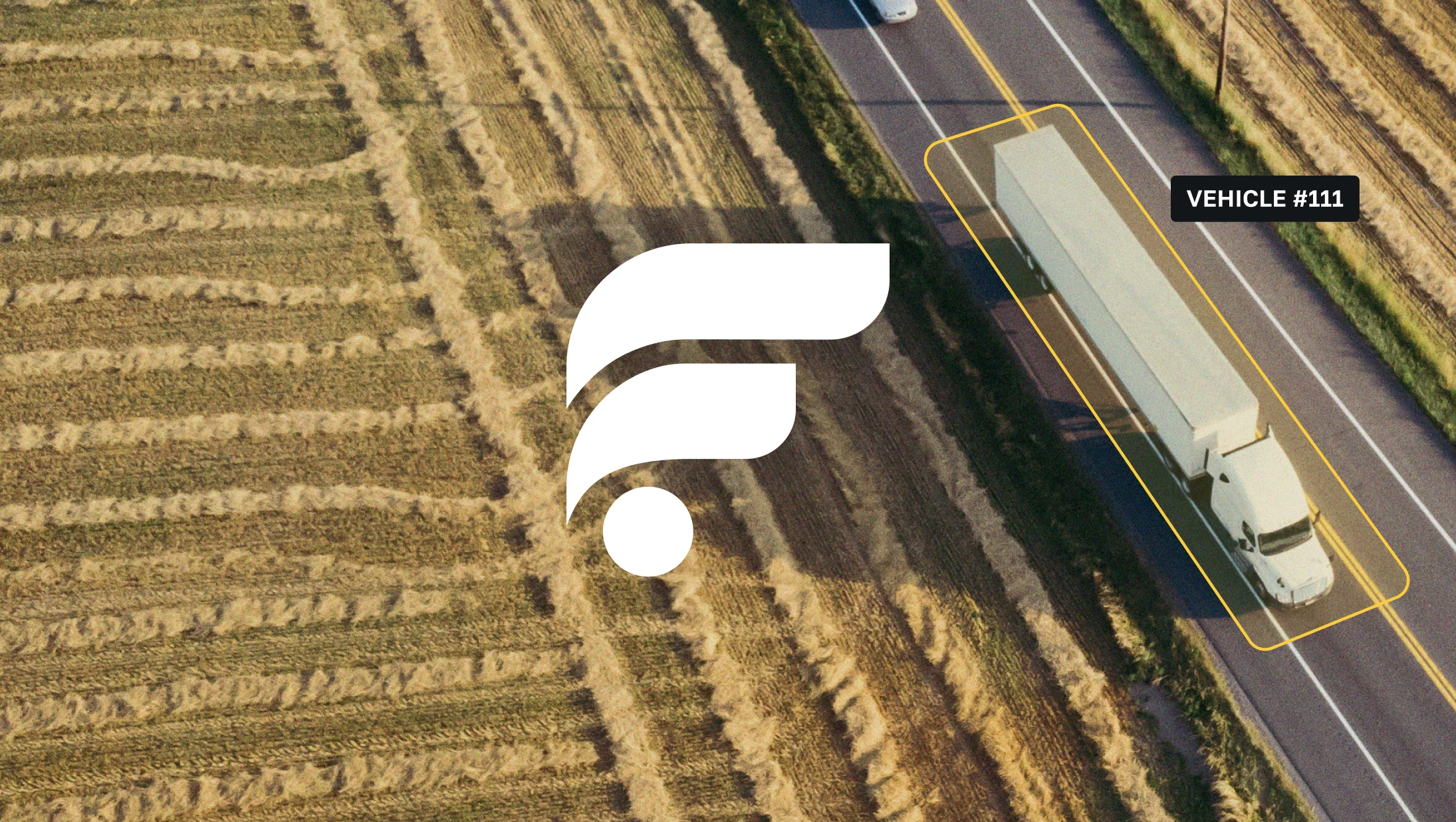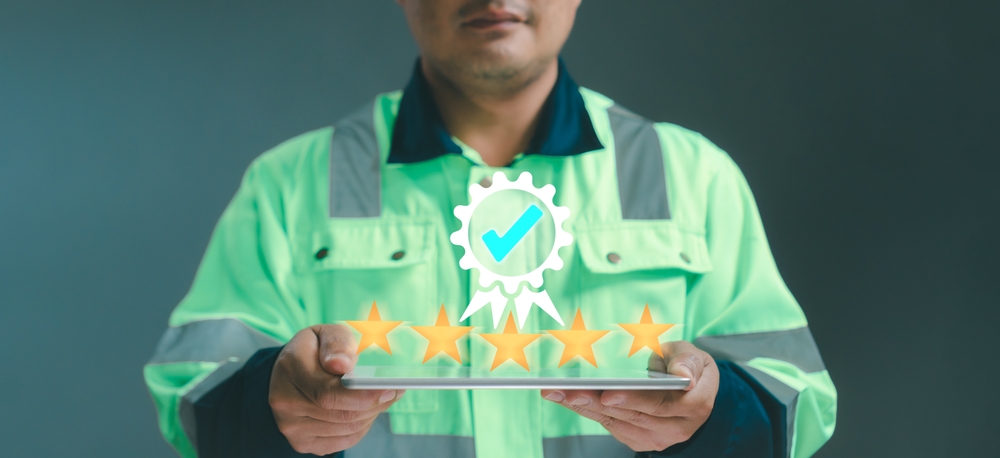
Since 2018, according to the CDC and DOT, there have been over 938,000 car accidents and over 2,840 people killed in the United States due to distracted driving. Distracted driving is driving while doing another activity that takes your attention away from the road. Activities like sending a text message, talking on the phone, using a navigation system, and eating while driving are all distractions.
There are Three Main Types of Distractions:
- Visual – taking your eyes off the road
- Manual – taking your hands off the wheel
- Cognitive – taking your mind off driving
Consider the Following to Minimize Distractions While Driving:
- Adjust mirrors, temperature controls and entertainment console when you first get into the vehicle.
- Input your destination into your GPS before embarking on your trip.
- Turn off cell phones and have a programmed message informing the caller that you are driving, and you will call them after you arrive at your destination.
- If you must use your cell phone, pull off the road to a safe area before making the call.
- If you stop for food, eat it while your vehicle is stopped.
- Do not perform personal grooming while driving.
- Review and familiarize yourself with driving directions and maps before leaving.
- Purchase and install GPS mounts that allow drivers to keep their heads up.
The National Highway Traffic Safety Administration (NHTSA) leads the fight nationally against distracted driving by educating Americans about its dangers and partnering with the states and local police to enforce laws against distracted driving that help keep us safe.
The foundation of NHTSA’s efforts on distracted driving and other risky driving behaviors is their partnership with the states and local police. The states determine laws affecting distracted driving, but NHTSA provides federal investments in the locally driven strategies that address the states’ specific needs. One of the highlights of this relationship comes during April’s Distracted Driving Awareness Month, which pairs a national advertising campaign with a law enforcement crackdown called U Drive. U Text. U Pay.
State Laws
Your state legislature and governor make the laws regarding distracted driving. Many states now have laws against texting, talking on a cell phone, and other distractions while driving. The Governors Highway Safety Association outlines the laws of the individual states.
Currently there is no national ban on texting or using a wireless phone while driving, but state laws and fines are becoming more aggressive in efforts to thwart distracted drivers:
- 21 states, the District of Columbia, Puerto Rico, U.S. Virgin Islands and Guam banned all drivers from hand-held phone use while driving
- 48 states, the District of Columbia, Puerto Rico, U.S. Virgin Islands and Guam banned texting while driving for all drivers
- 39 states and the District of Columbia prohibits all cell phone use by novice drivers
- 20 states and the District of Columbia prohibit school bus drivers from cell phone use while driving
Company Policy
Every company should have a policy that prohibits the use of cell phones while driving. Just having a policy is not enough. The policy must be communicated to the affected employees, compliance must be monitored, and violations enforced. The National Safety Council has a free cell phone policy kit that will help you develop your policy. There is information to assist with understanding the issue, obtaining buy-in from leadership and educating employees. There is also a sample cell phone policy to use as a blueprint for your organization. Not having a policy opens your organization to potential liability.
There are severe consequences if one of your employees is involved in a fatal accident while on company business and they are found to be distracted because they were using a cell phone at the time of the accident, especially if your organization does not have an established cell phone policy. There have been numerous documented lawsuits with multi-million-dollar settlements awarded by juries to the victims involving distracted drivers.
What Should Truck Drivers Know About Distracted Driving?:
New FMCSA regulations prohibit texting and hand-held mobile phone use while operating a commercial motor vehicle used in interstate commerce. Drivers caught texting or using hand-held mobile phones are subject to fines, disqualifications, and being put out-of-service.
The FMCSA rules do not apply to devices used for dispatching, as long as they are used as part of the company’s fleet management system and are not being used for texting.
Research shows that CMV drivers who text were more than 23 times likely to be involved in a safety-critical event than those who do not. CMV drivers dialing mobile phones were 6 times more likely to be involved in a safety-critical event.
How Does the FMCSA Define ‘Distracted Driving’?
The FMCSA, in the interest of public safety, kept it short and simple regarding the use of mobile devices by truck drivers:
- No Reaching
- No Holding
- No Dialing
- No Texting
- No Reading
Texting, as defined in the new FMCSA regulations, “means manually entering alphanumeric text into, or reading text from, an electronic device.” This includes pressing more than one button to initiate or terminate a call, or texting on a dispatching device.
The FMCSA also Issued a Separate Rule that Defines Using a Mobile Device as:
Using at least one hand to hold a mobile phone to make a call;
Dialing a mobile phone by pressing more than a single button; or
Reaching for a mobile phone in a manner that requires a driver to maneuver so that he or she is no longer in a seated driving position, restrained by a seat belt.
What this means for a truck driver is that, with the exception of contacting law enforcement or in an emergency, texting or dialing or phone calls need to be “hands-free.”
This will normally involve using an earpiece-speaker phone, hands-free dialing, or hands-free mode. Hands-free generally means being able to safely activate a mobile device by touching a single button, while safely and properly seated and restrained.
What are the Penalties for Distracted Driving?:
Penalties for truck drivers caught driving while distracted:
- Drivers can be fined up to $2,750.
- Repeat offenses will result in the driver being disqualified or put out of service for up to 120 days.
- The driver’s employer can be fined up to $11,000 if they knowingly allow or require drivers to use hand-held devices while driving.
- Violations will negatively affect the employer’s SMS (Safety Measurement System) ratings.
- Violations are considered “serious traffic violations” and penalties are taken from existing FMCSA guidelines.
The penalties for using a hand-held device while driving are in addition to whatever the driver’s employer dishes out for violating any of their particular policies on the subject. Most employers will have policies in line with the laws, as distracted drivers who cause a wreck while operating under the company flag are giant lawsuits waiting to happen.
More information can be obtained regarding the use of wireless communications devices by clicking the following link – FMCSA Final Rule Limiting the Use of Wireless Communications Devices..
Distracted driving is a complicated issue and must be approached through multiple channels. Enacting laws banning the use of cell phones and increasing the penalties for violators will deter some, but not all drivers. Continued driver education and awareness are vital tools in changing the behaviors of drivers. CMV drivers need to know and understand the laws regarding distracted driving. They should be practicing common sense safety procedures every day out on the roads.








